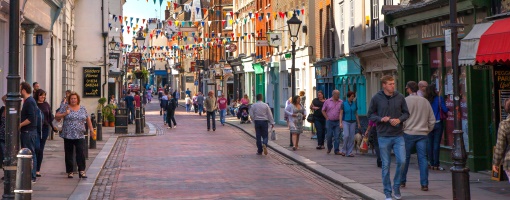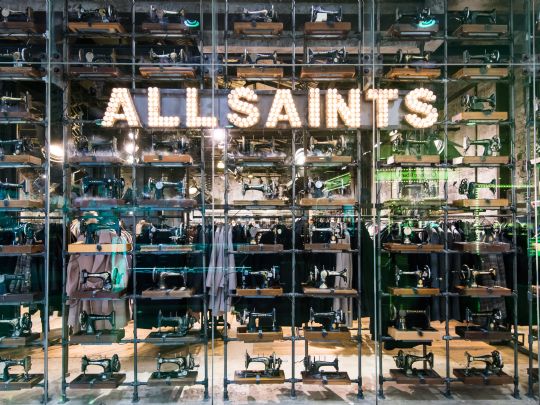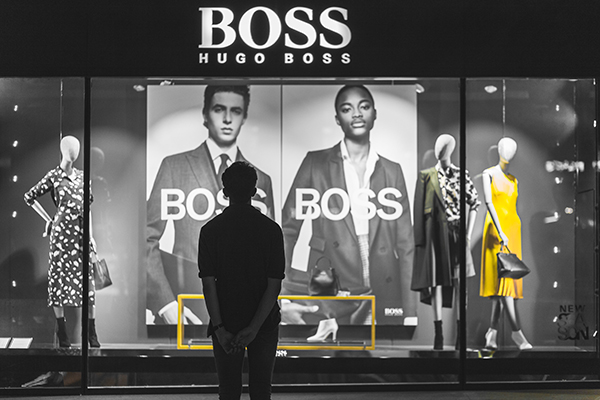H&M Group chairman Stefan Persson is planning to step down after more than 20 years in the role, to be succeeded by his son and current chief executive Karl-Johan Persson.
The clothing retailer’s full-year trading update further explained that chief operating officer Helena Helmersson will be promoted to chief executive, effective today.
She started at H&M in 1997 as an economist in the buying department, working her way up to sustainability manager for five years, and chief operating officer for just over a year, with responsibility for expansion, logistics, production, IT, advanced analytics and insights.
Stefan Persson is the son of Erling Persson, who founded H&M in 1947. He took over the company from his father in 1982 and served as chief executive until 1998, when he became chairman.
Persson’s son Karl-Johan joined H&M in 2005, first in an operational role, before working his way up to head of expansion and head of business development in 2007. He was appointed chief executive in 2009 to replace Rolf Eriksen.
The Persson family has an estimated 47 per cent stake - along with 74 per cent voting rights - in the H&M Group, which also owns fashion retailers Arket, Monki, Weekday, & Other Stories, and Cos.
Persson senior commented: “I will continue to be a committed owner, just as today, but from a different position.
“In recent years, we have made substantial and necessary investments in our joint group infrastructure - mostly in logistics, tech, data and AI - investments that now are starting to pay off in terms of increased customer satisfaction, sales and profits.”
The financial report confirmed this, with a year-on-year increase in gross profit to 122.5 billion kronor (£9.7 billion) between 1 December 2018 and 30 November 2019.
Net sales rose 11 per cent year-on-year to 232.8 billion kronor (£18.57 billion), which was credited to more full-price sales, lower markdowns and increased market share.
Persson junior commented: “In view of the ongoing transformation of fashion retail, we have been making significant and necessary investments for several years to secure the H&M group’s position and long-term development.
“Among other things, we have invested in digitalisation, a more efficient supply chain - including new logistics centres and logistics systems - and in tech infrastructure, advanced analytics and AI,” he continued, adding: “We are now seeing multiple positive effects of these initiatives, providing resources and support for our continued transformation work.”
The group statement noted that during 2020 it plans to open around 200 new stores and close around 175. Most of the store openings will be in South America, Russia, Eastern Europe and Asia - excluding China - while the closures will take place mainly in Europe, the US and China.
It also plans to launch an H&M website in Australia and introduce the brand on South Korean e-commerce platform SSG.
Latest News
-
Boots expands on-demand delivery to 500 UK stores
-
Mango launches capsule collections for teens and kids using recycled fibres
-
Autogrill implements new tech solutions in Italy to boost operations
-
Matches set for 2026 relaunch under new owners as Hulcan acquires brand assets
-
River Island integrates new PIM system to support digital transformation
-
UK retail jobs at ‘record low’
Beyond Channels: Redefining retail with Unified Commerce
This Retail Systems fireside chat with Nikki Baird, Vice President, Strategy & Product at Aptos will explore how unified commerce strategies enable retailers to tear down these barriers and unlock new levels of operational agility and customer satisfaction.
The future of self-checkout: Building a system that works for consumers and retailers
In this webinar, industry leaders discussed what the future of self-checkout looks like and how retailers can make the technology work for everyone.
© 2024 Perspective Publishing Privacy & Cookies












Recent Stories